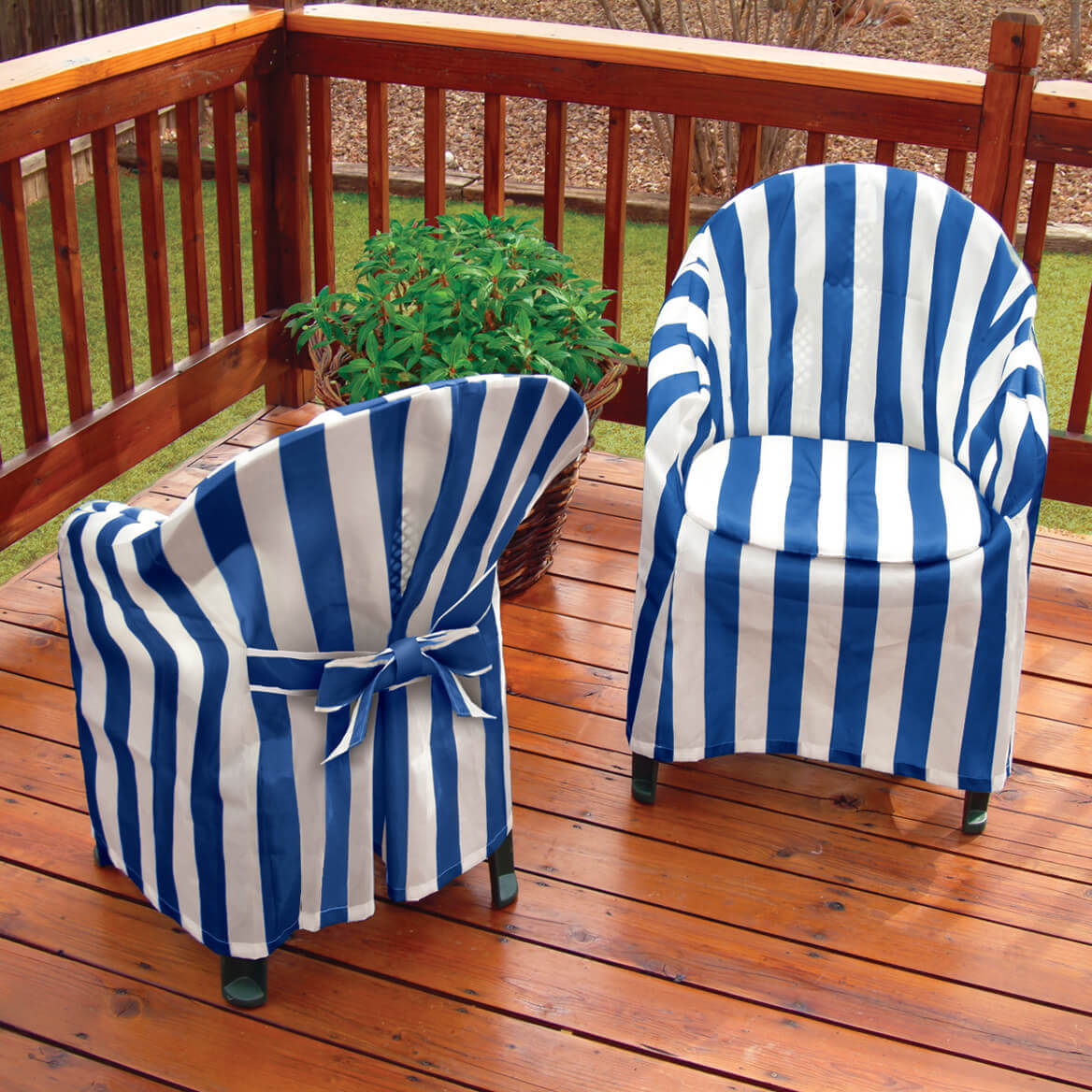Types of Patio Chair Covers: Patio Chair Cover Pattern

Patio chair covers are essential for protecting your outdoor furniture from the elements and extending its lifespan. They come in various styles, materials, and levels of protection, offering a solution for every need and budget. Understanding the different types of patio chair covers will help you choose the right option for your patio furniture.
Different Types of Patio Chair Covers
Patio chair covers are available in various styles, each designed to meet specific needs and preferences. Here are some common types:
- Fitted Covers: These covers are tailored to fit specific chair dimensions, providing a snug and secure fit. They typically have elastic hems and drawstrings for a customized fit. Fitted covers offer excellent protection against dust, dirt, and light rain.
- Loose Covers: As the name suggests, these covers are designed to drape loosely over the chair. They offer a more casual look and are generally more affordable than fitted covers. However, they may not provide as much protection against harsh weather conditions.
- Waterproof Covers: These covers are made from materials that repel water, making them ideal for protecting your patio furniture from rain, snow, and spills. They are often made from vinyl, PVC, or polyester with a waterproof coating.
- All-Weather Covers: These covers are designed to withstand harsh weather conditions, including sun, rain, snow, and wind. They are typically made from durable materials like heavy-duty polyester or canvas, often with a water-resistant coating.
Material Comparison
The material used in patio chair covers plays a significant role in their durability, water resistance, and overall performance. Here is a table comparing the pros and cons of some common materials:
| Material | Pros | Cons |
|---|---|---|
| Polyester | Durable, lightweight, breathable, water-resistant (with coating), affordable | May fade in direct sunlight, not as waterproof as vinyl or PVC |
| Canvas | Heavy-duty, durable, water-resistant, breathable, classic look | May be heavier than polyester, can be more expensive |
| Vinyl | Waterproof, easy to clean, durable, affordable | Not as breathable as polyester or canvas, can become brittle in extreme cold |
| PVC | Highly waterproof, durable, easy to clean | Not as breathable as polyester or canvas, can be less flexible than vinyl |
Designing a Patio Chair Cover Pattern

Creating a custom patio chair cover pattern is a rewarding project that allows you to tailor the look and feel of your outdoor space. This process involves careful measurements, pattern drafting, and sewing techniques to ensure a perfect fit and lasting durability.
Taking Accurate Measurements
Taking precise measurements of your patio chair is crucial for creating a well-fitting cover. This step ensures that the cover will snugly fit the chair, providing optimal protection from the elements.
Here’s a step-by-step guide for measuring your patio chair:
- Seat width: Measure the widest part of the seat, from one armrest to the other.
- Seat depth: Measure the distance from the front to the back of the seat.
- Seat height: Measure the distance from the floor to the top of the seat.
- Back height: Measure the distance from the top of the seat to the top of the back.
- Back width: Measure the widest part of the back, across the chair.
- Armrest width: Measure the width of each armrest.
- Armrest height: Measure the distance from the seat to the top of the armrest.
Creating a Scaled Drawing
Once you have the measurements, create a scaled drawing of the chair. This visual representation will help you visualize the pattern pieces and make adjustments as needed.
Here are some tips for creating a scaled drawing:
- Choose a scale: A scale of 1:4 or 1:6 is a good starting point for patio chair covers. This means that 1 inch on your drawing will represent 4 or 6 inches on the actual chair.
- Use graph paper: Graph paper provides a grid that makes it easy to draw straight lines and accurate measurements.
- Label the measurements: Label each measurement on your drawing to avoid confusion.
Designing a Sample Pattern, Patio chair cover pattern
Let’s design a basic patio chair cover pattern using the measurements and scaled drawing we’ve created.
Pattern Pieces
The basic pattern for a patio chair cover typically includes the following pieces:
- Seat panel: This piece covers the entire seat area.
- Back panel: This piece covers the back of the chair.
- Armrest panels (2): These pieces cover the armrests.
Cutting and Sewing
- Cutting: Using the pattern pieces, cut the fabric according to your measurements, adding seam allowances.
- Sewing: Sew the panels together, right sides facing. First, sew the armrest panels to the seat panel, then attach the back panel to the seat and armrest panels.
- Finishing: Finish the edges of the cover with a serger or by folding and stitching the edges.
Remember to add seam allowances to your pattern pieces before cutting the fabric. This will allow for room to stitch the panels together without constricting the cover.
Patio chair cover patterns can range from simple solids to intricate florals, but for a touch of whimsy, consider a design inspired by the beansack polka dot pink bean bag chair. A playful polka dot pattern in a vibrant shade of pink would bring a cheerful touch to your outdoor space, just like a bean bag chair adds a relaxed vibe indoors.
A patio chair cover pattern can add a touch of personality to your outdoor space, just as a dango bean bag chair can bring a unique comfort to your living room. While the bean bag chair offers a casual and inviting vibe, a well-designed patio chair cover can transform your outdoor furniture into a stylish and functional extension of your home.
